Stepping up our green transformation with six additional large container vessels.
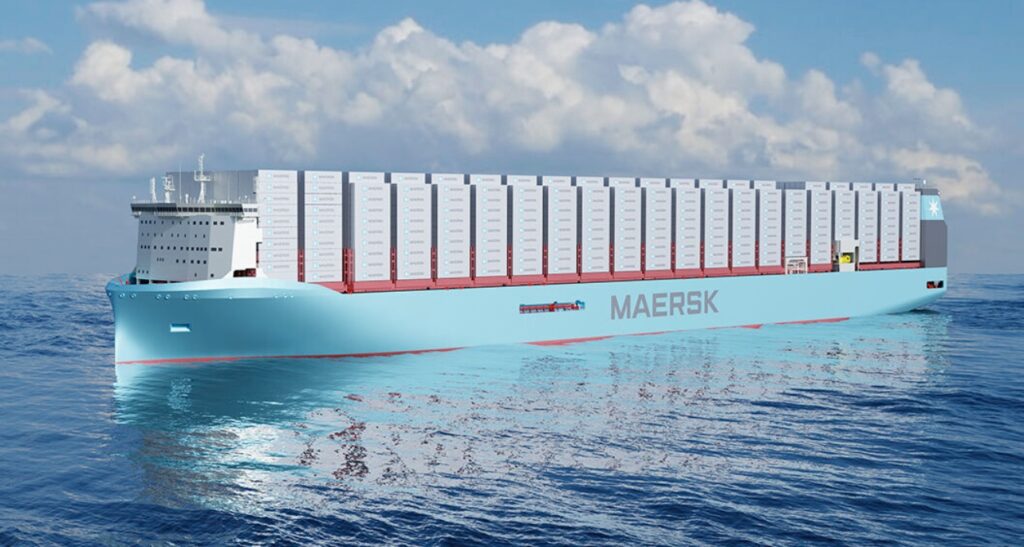
As customers look for new ways to decarbonize their supply chains, we are doubling down with an order of six additional large, ocean-going container vessels with dual-fuel engines able to operate on green methanol. We now have 19 container vessels able to operate on green methanol on order, all to be delivered by 2025. The new vessels will be built by Hyundai Heavy Industries Co., Ltd.
“Our customers are looking to us to decarbonise their supply chains, and these six vessels able to operate on green methanol will further accelerate the efforts to offer our customers climate neutral transport. We need global action in this decade in order to meet the Paris Agreement’s goal of limiting global warming to a 1.5°C temperature rise,” says Henriette Hallberg Thygesen, CEO of Fleet & Strategic Brands at Maersk.
Read more about this exciting news here: https://lnkd.in/eEJk3zu6
From the inside, a global supply chain might look like a linear structure from source to destination. An external bird’s eye view, however, can reveal a much more intricate ecosystem – a network of connections between people, partners, processes and data. If this ecosystem can be redesigned to align all elements in terms of objective, purpose, mindset and strategic direction, much value can be created through a supply chain.
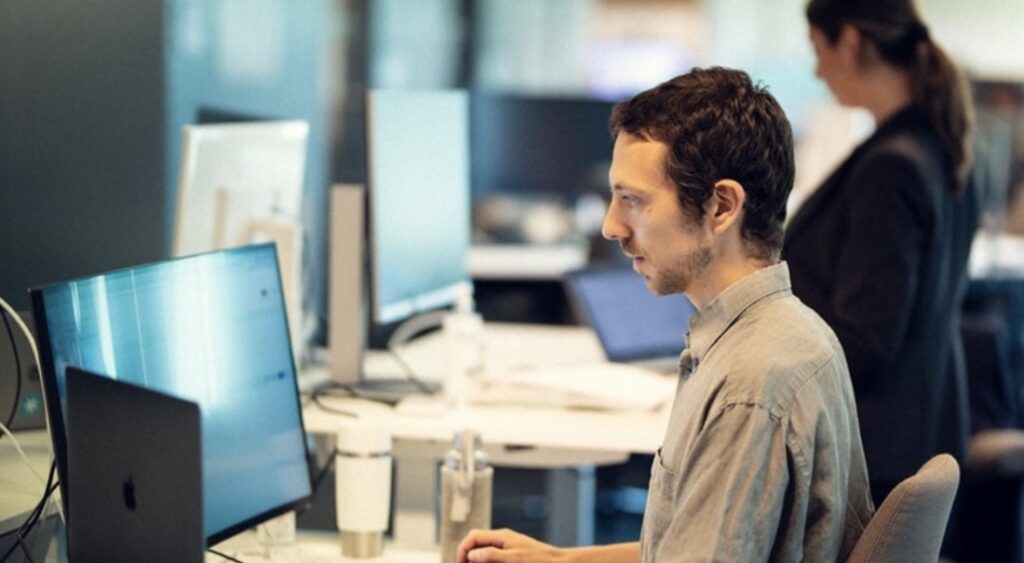
Moreover, once a strategic alignment is achieved, the task of putting systems and processes in order becomes a lot easier.
Allowing value to flow
A truly connected supply chain will allow insights and value addition to flow across links, not just linearly, but in any direction. To enable such a flow of value, businesses are rethinking logistics. The aim is to strengthen trust between supply chain partners by facilitating greater collaboration and accurate data exchanges. After all, people who trust each other and work towards the same goals can move mountains. Or in this case, they can transform their supply chain into a strategic advantage that stays ahead of trends, demand and ultimately competition.
Five areas supply chains need to prioritise as they transform
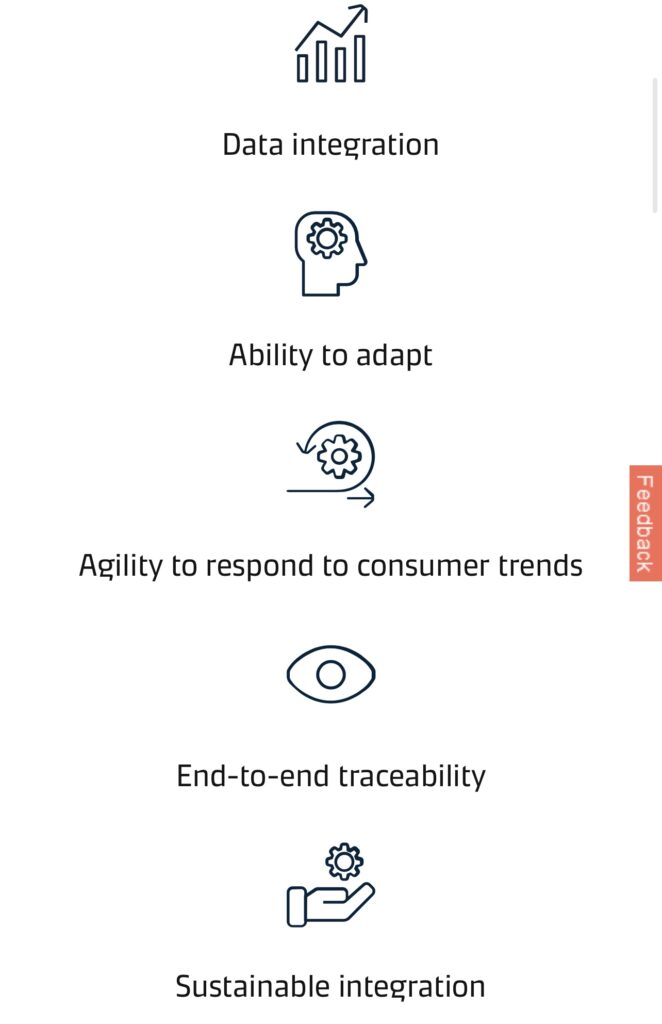
Read the entire article here: Article
Today we visite the new Paradox museum in Stockholm for the first time. We were there with our oldest daughter.
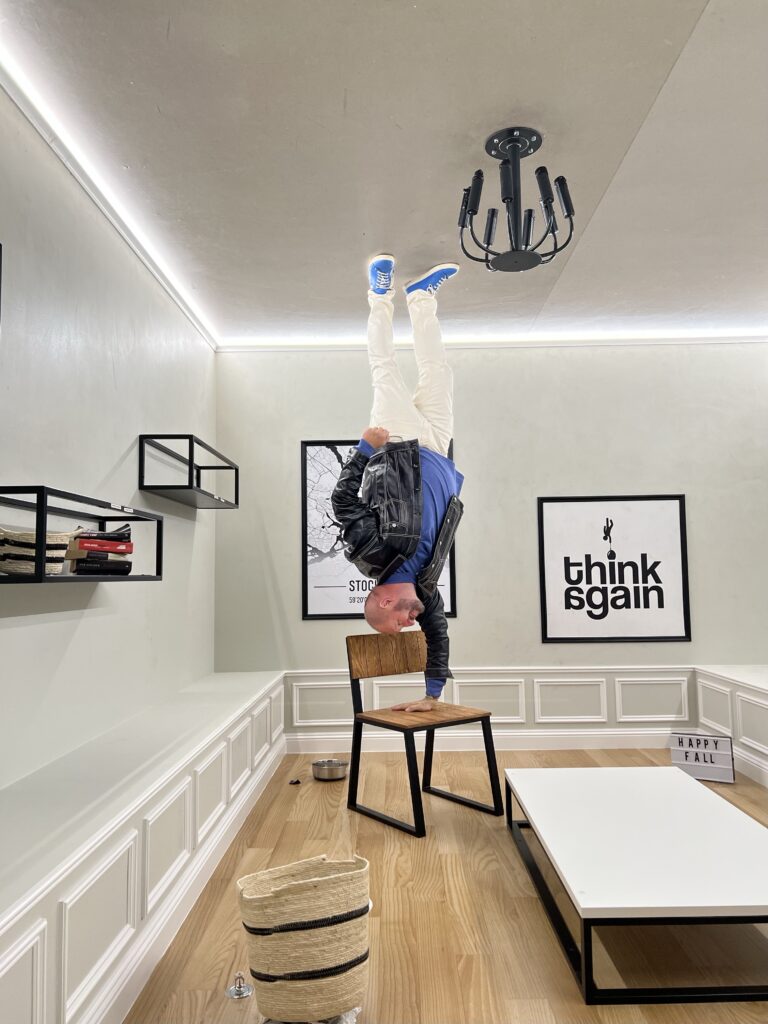
This is the world’s largest exhibition of paradoxes. On 1,000 square meters, through 70 paradox-based exhibits, you can see experiences that challenge your brain and deceive your eyes.
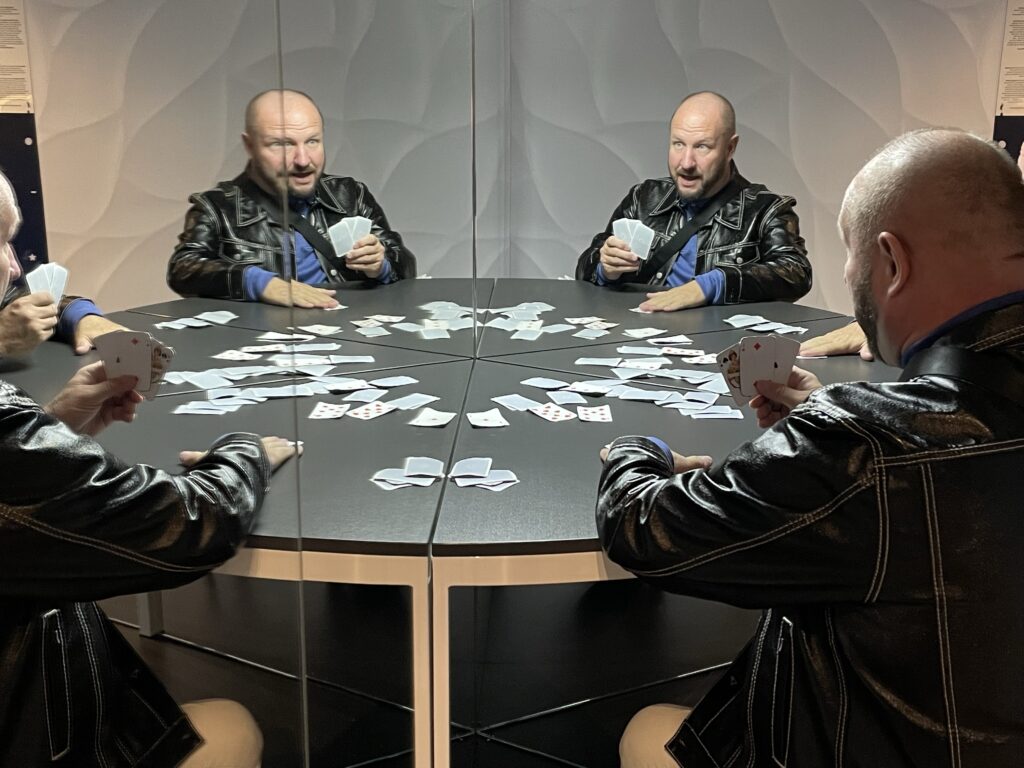
Paradox Museum is a brand new, interactive museum experience in central Stockholm that calls itself a “must see, must share and blow your mind experience”.
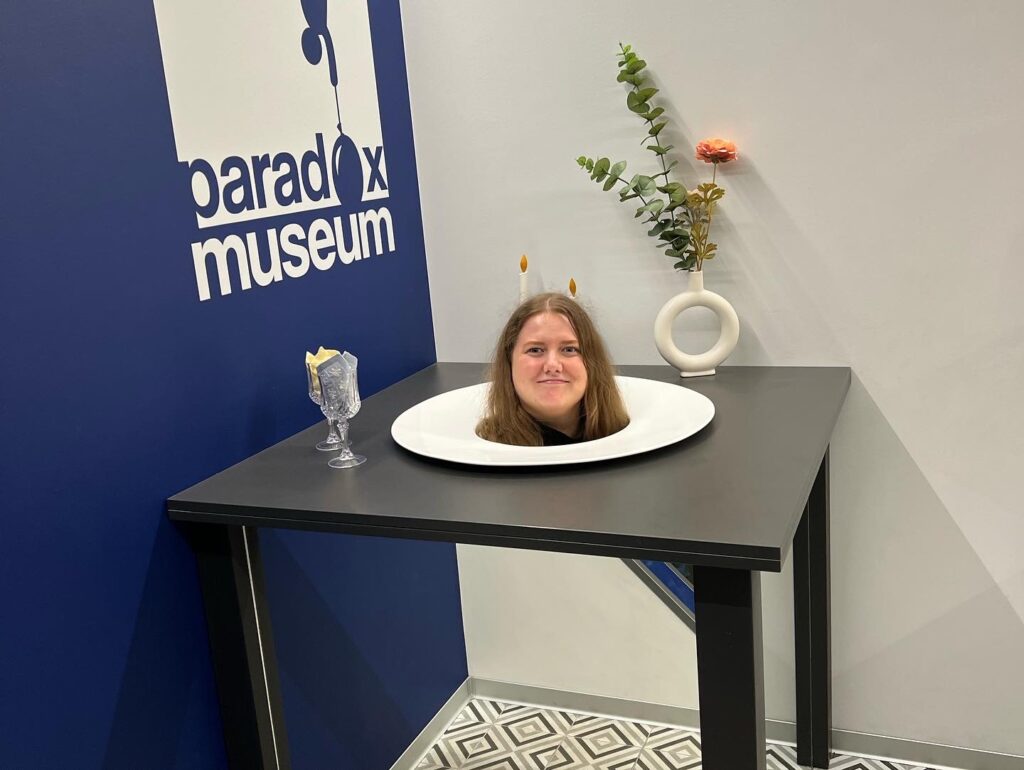
Paradox Museum is a happy place, where you can enter and be deceived by visual illusions, from classic big ones to smaller ones where you just get surprised that everything is not as you think,
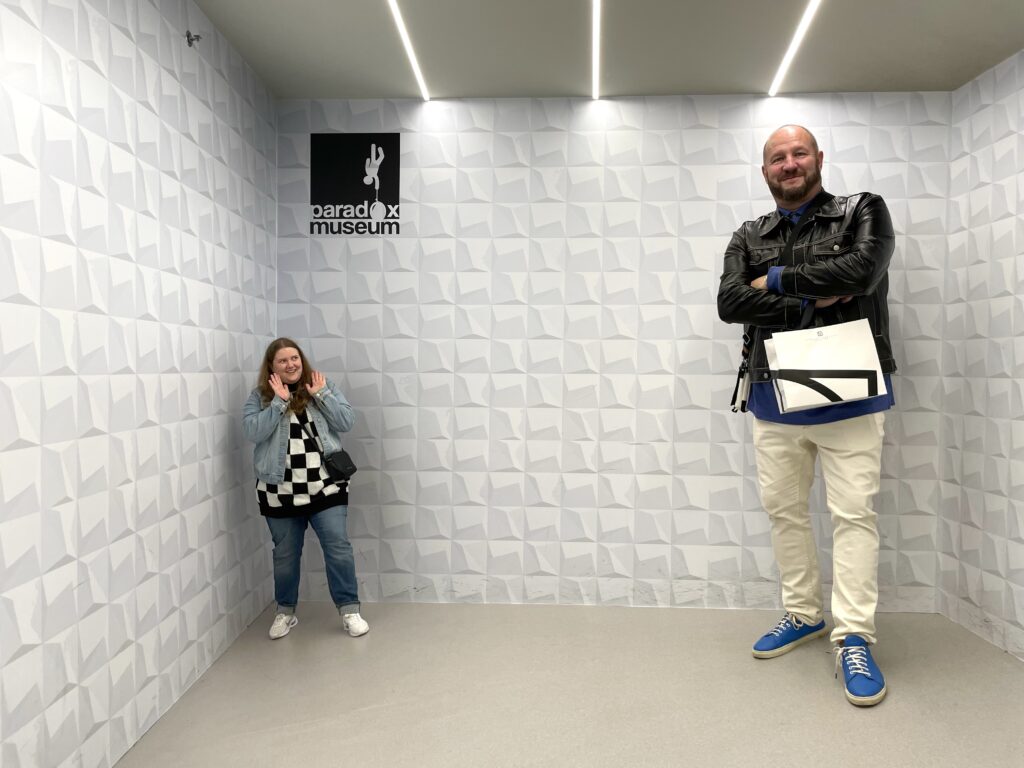
At the end of March, the first Paradox Museum opened in Oslo and in April this year the Stockholm.
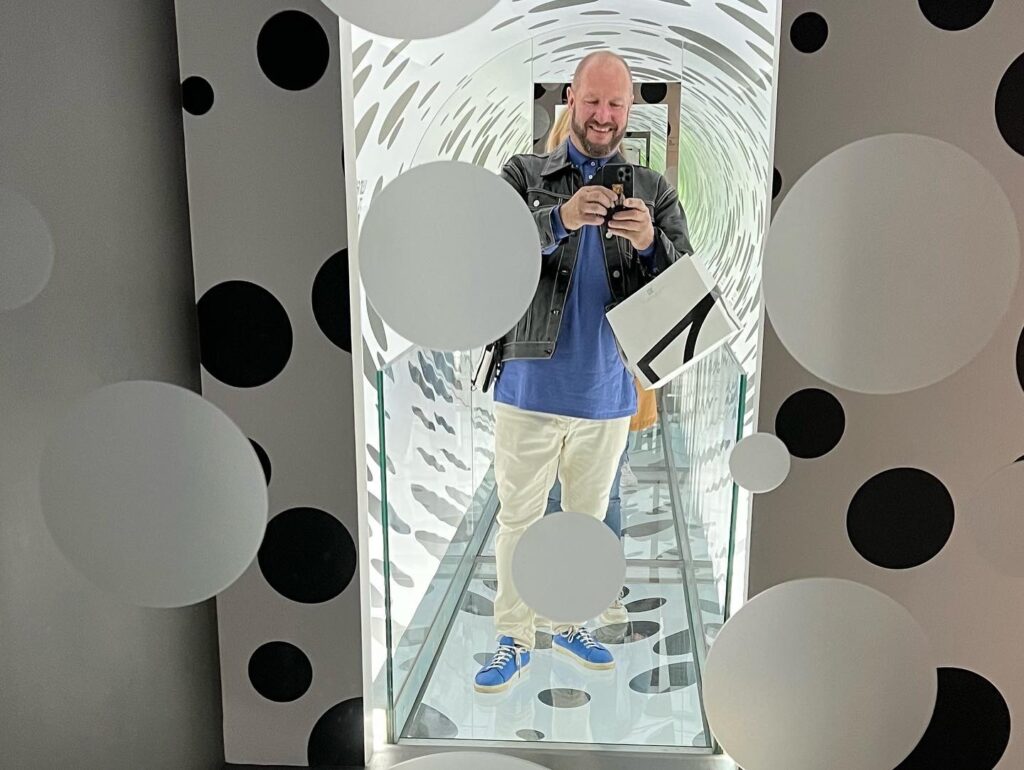
We loved it and highly recommend a visit if you visit Oslo or Stockholm..
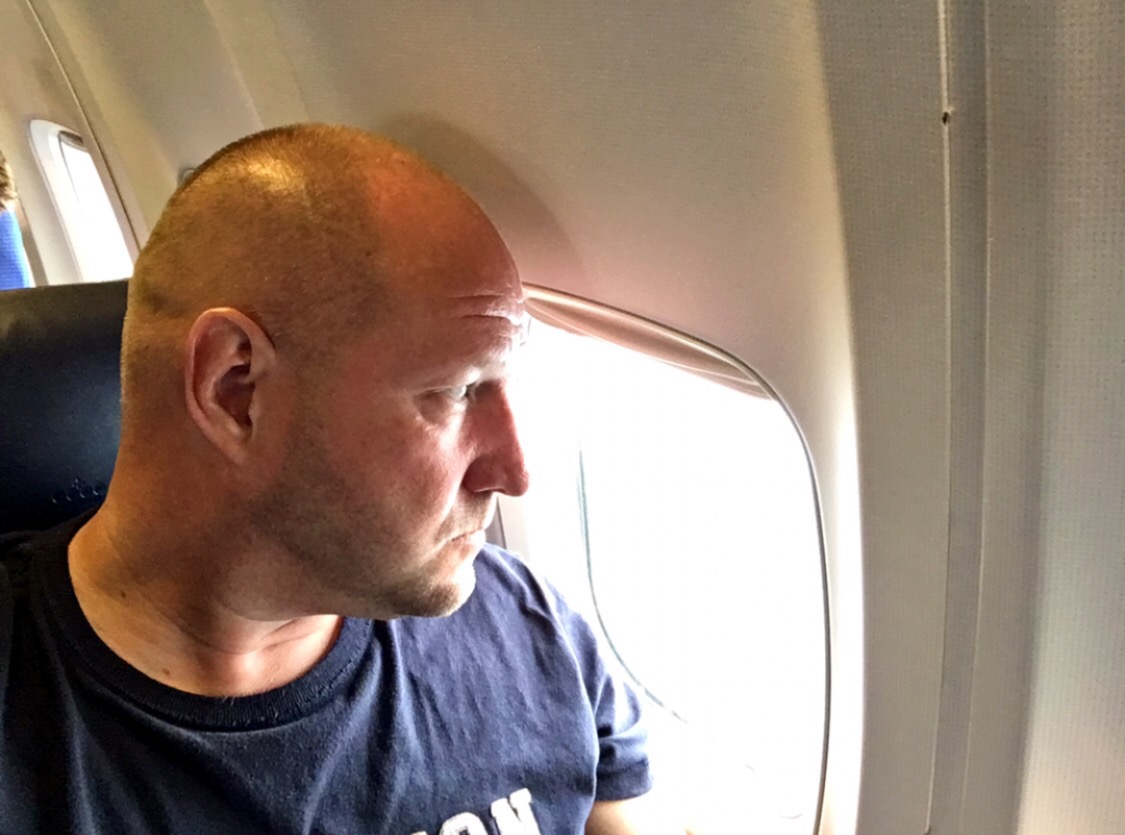
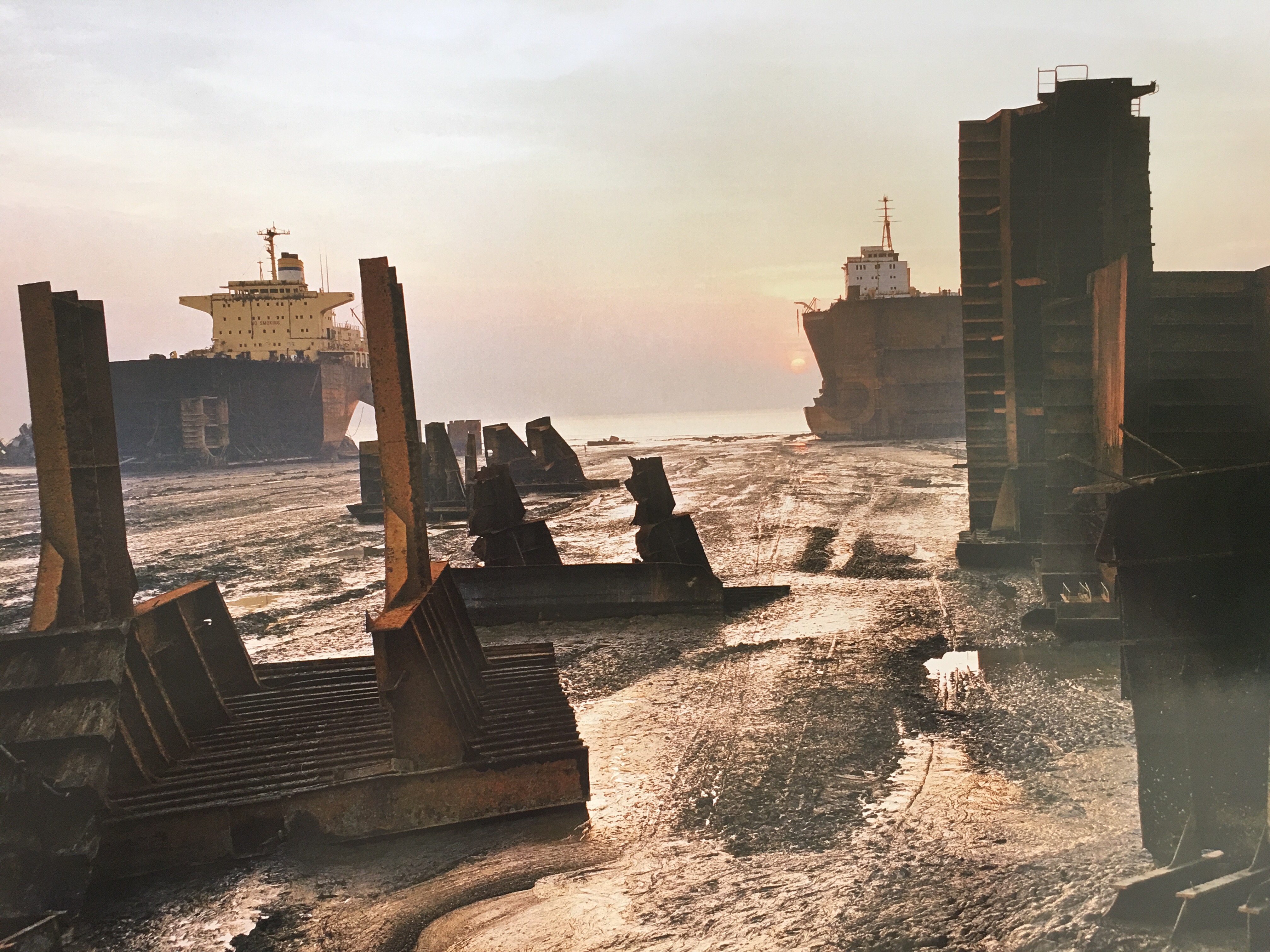
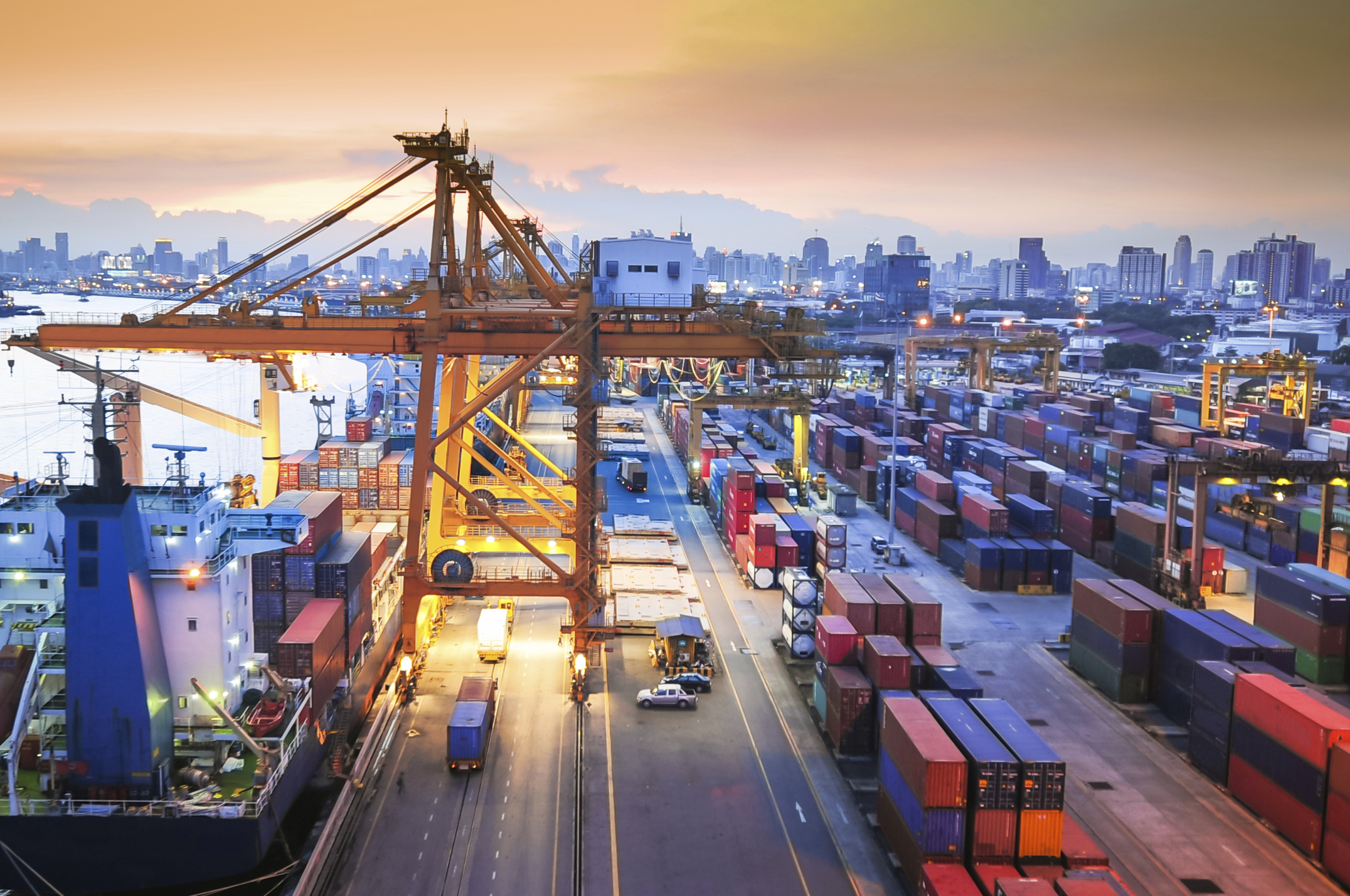
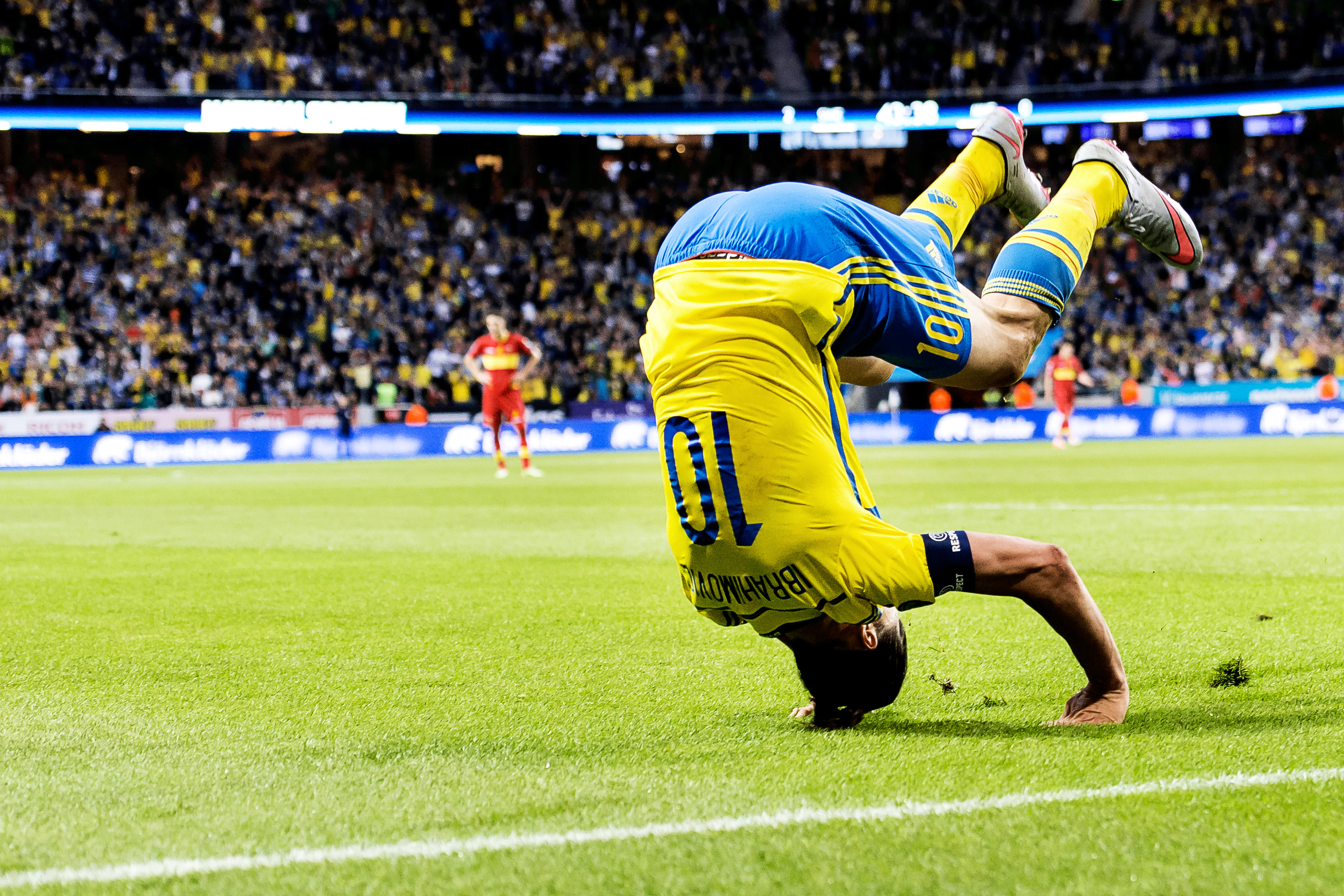
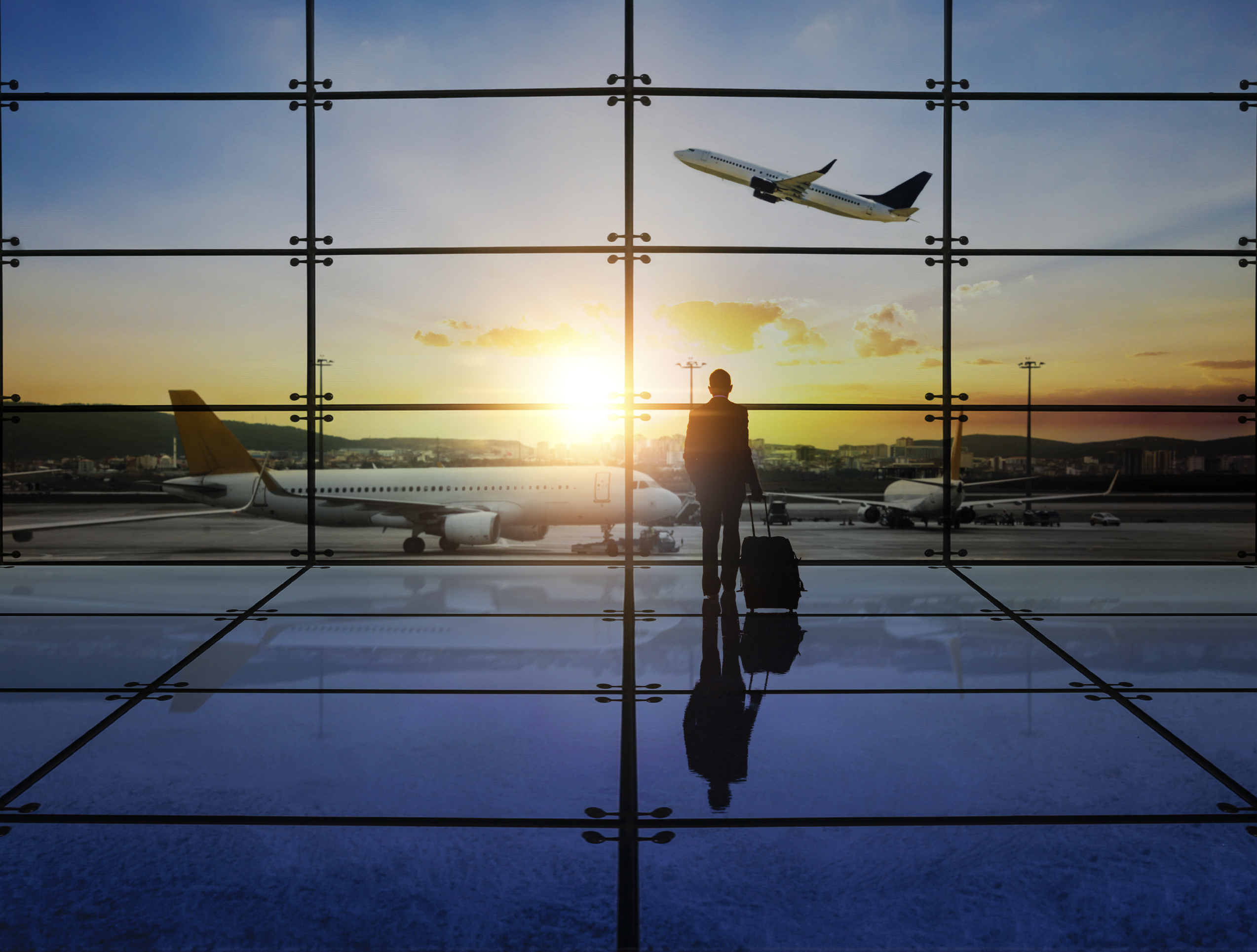
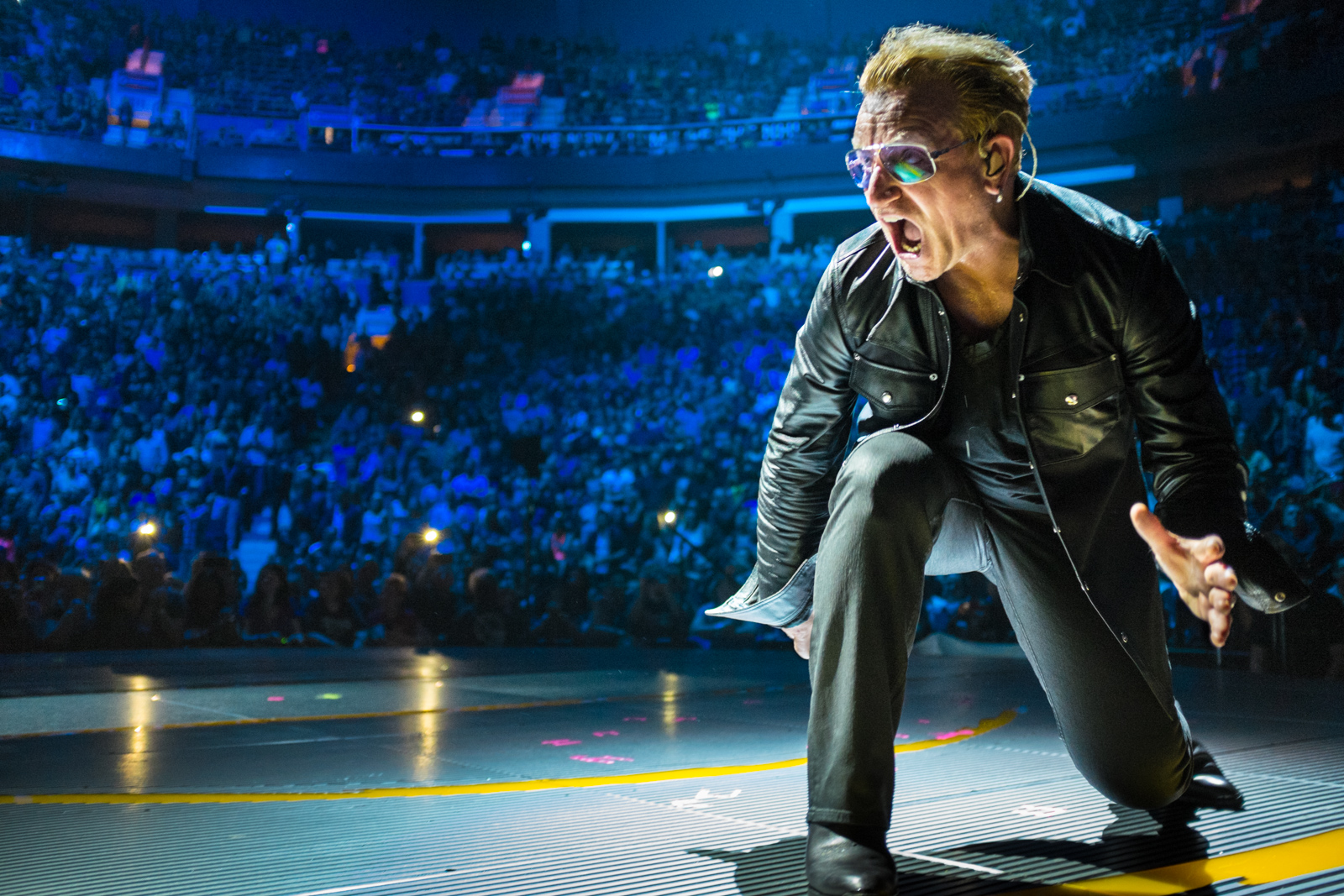
You must be logged in to post a comment.